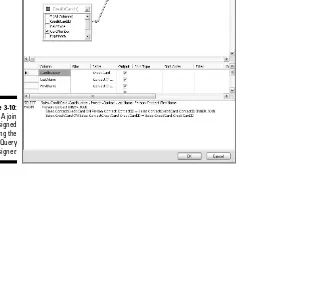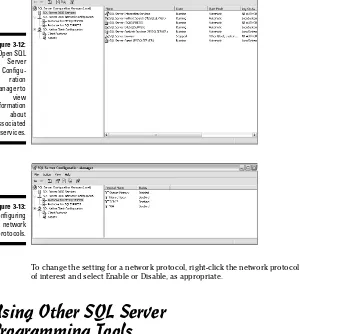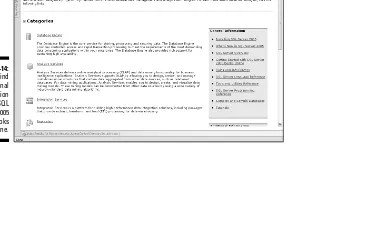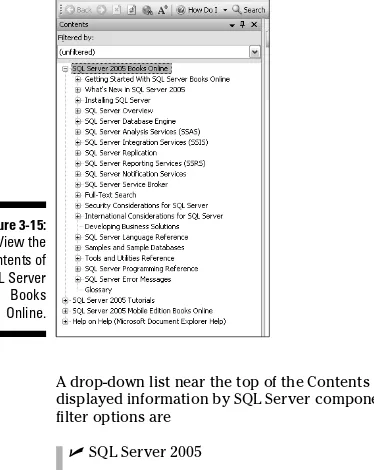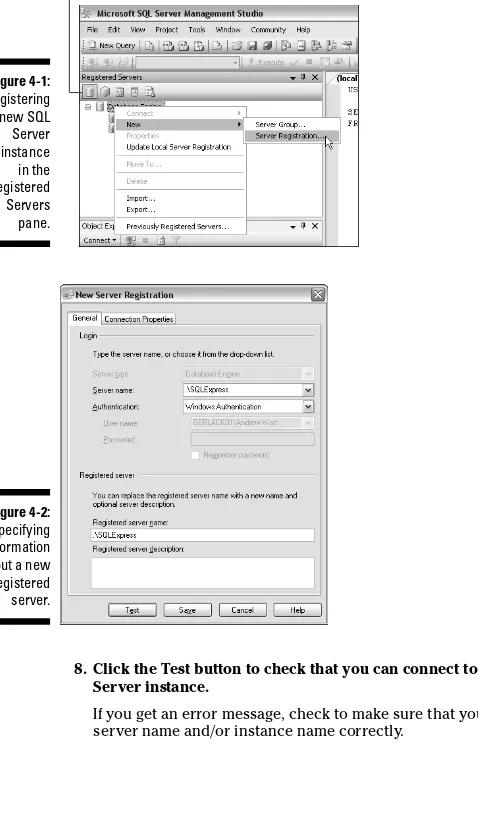Microsoft SQL Server Programming For Dummies pdf
Full text
Figure
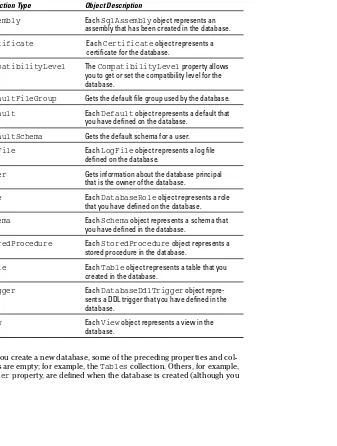
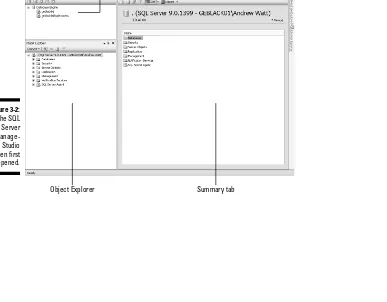
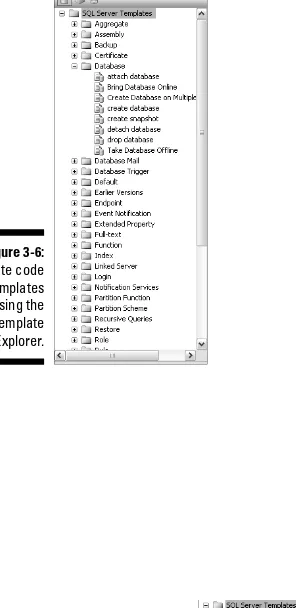
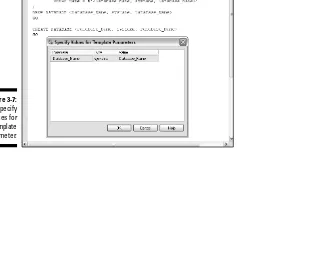
Related documents
Using SQL Server Management Studio with SQL Azure After completing this module, students will be able to:. Describe key features and benefits of
If you will be accessing the Tabs3 database from a Microsoft SQL Server using the Microsoft SQL Server Linked Server feature, there are additional configuration steps you will need
You can check by going to Start – (All) Programs – Microsoft SQL Server 2005/2008 – SQL Server Management Studio Express and logging into the SQL instance selected during the
Note: If you install SQL without using this instance name, the Autodesk Vault Server installation will create its own instance of SQL Server called AutodeskVault using Microsoft
Open SQL Server Management Studio (Start > All Programs > Microsoft SQL Server 2005 or 2008 > SQL Server Management Studio) and log on to the SQL Server instance that
Step 5: On the “Completing Microsoft SQL Server Management Studio Express” screen click “Finish”.. Step 6: Install of SQL Server Management Studio Express
Saving and restoring files where Systems Insight Manager is installed using Microsoft SQL Server 2005 Express, Microsoft SQL Server 2005, or Microsoft SQL server
l If you use SQL Server Express Edition, install the SQL Server Configuration Manager and SQL Server Management Studio on the server (these are by default included in the other

